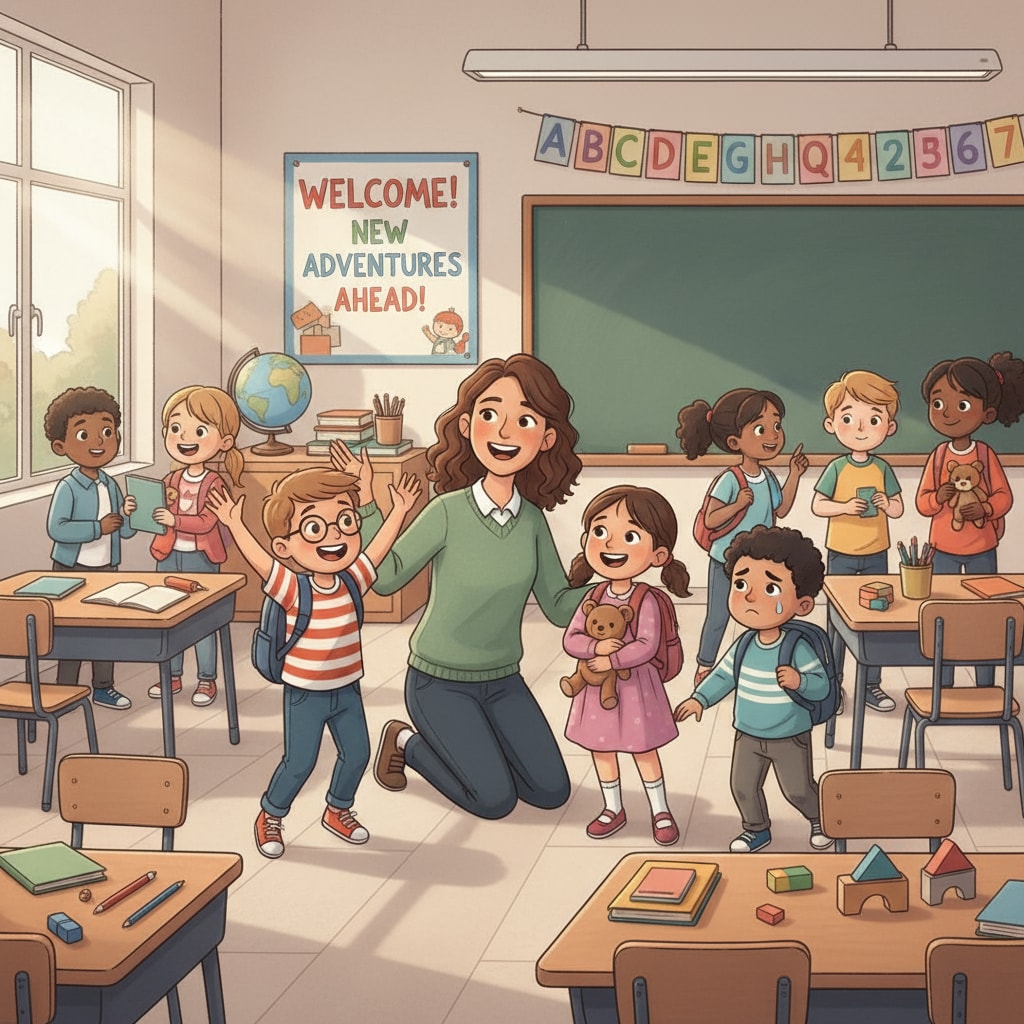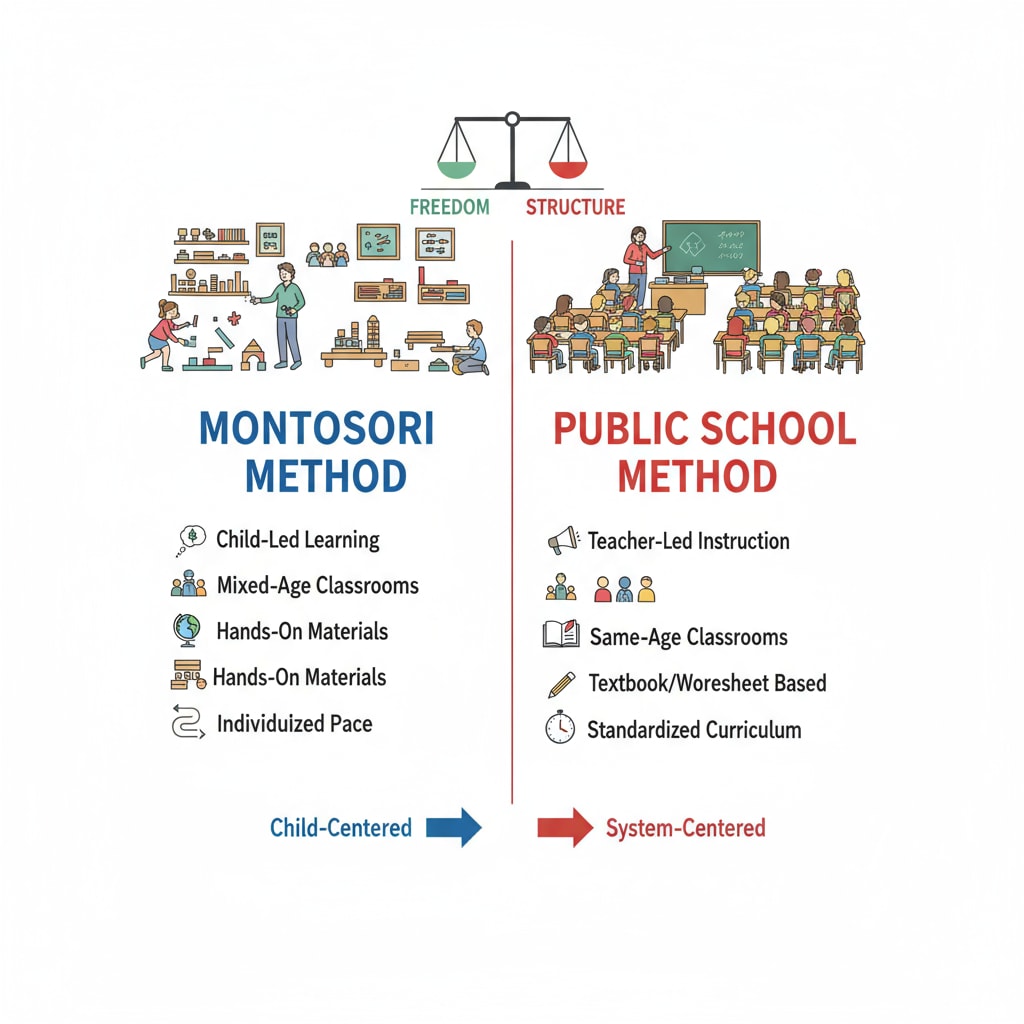High-ability and twice-exceptional children often face unique challenges when transitioning from a Montessori educational environment to a public school gifted class. This shift can be a significant adjustment, affecting their academic progress, social interactions, and emotional well-being. In this article, we will explore the challenges these children encounter and provide practical strategies to help them make a smooth transition.

Understanding the Challenges
One of the primary challenges is the difference in teaching methods. Montessori education emphasizes self-directed learning, individualized instruction, and a hands-on approach. In contrast, public schools often follow a more traditional curriculum with structured lessons and group activities. This change can be disorienting for high-ability and twice-exceptional children, who may have become accustomed to the freedom and flexibility of the Montessori environment. For example, a child who was used to exploring topics at their own pace in a Montessori classroom may struggle with the fixed schedule and standardized teaching in a public school. Types of Educational Environments on Understood.org

Social and Emotional Adjustment
In addition to academic challenges, these children may also face social and emotional difficulties during the transition. Making new friends, fitting into a new peer group, and adapting to the social norms of a public school can be daunting tasks. High-ability and twice-exceptional children may have unique personalities and interests, which can make it harder for them to find like-minded peers. As a result, they may feel isolated or misunderstood. For instance, a child who is passionate about a particular subject may not find others in the public school who share the same enthusiasm. Social-Emotional Development on APA.org
To help these children overcome these challenges, parents and educators need to work together. Parents can start by having open conversations with their children about the transition, addressing their concerns and fears. Educators, on the other hand, can create a supportive classroom environment that values individuality and provides opportunities for students to showcase their talents. By collaborating, we can ensure that high-ability and twice-exceptional children have a successful transition and continue to thrive in their new educational setting.
Readability guidance: We have used short paragraphs and lists to summarize key points. Each H2 section has a list or clear explanation. The passive voice and long sentences are controlled, and transition words like “for example”, “in addition”, and “as a result” are used throughout the text.


